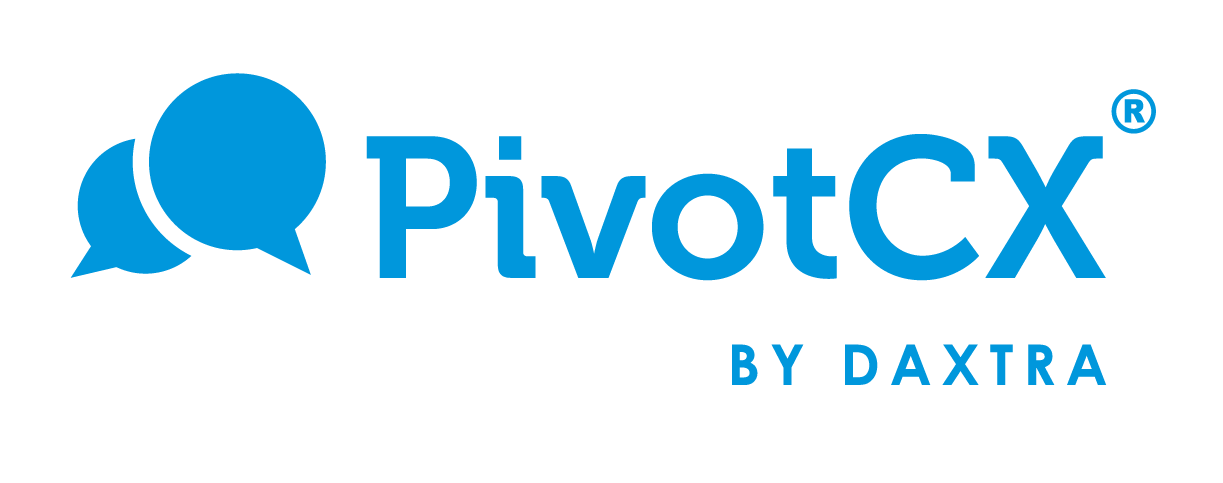Why does Recruiting need SDR? Companies with SDR or BDRs are 8x more effective at selling versus organizations with just quota carrying sales reps. Recruiting organizations can get similar results.
In sales, work is split between sales development representatives (SDRs) or business development representatives (BDRs) and sales representatives. The difference between an SDR and BDR is naming only.
Instead of getting into the weeds on why SDRs are transformative to sales organizations, let’s just get to the results (in this case from a study by Gartner):
- In companies without SDRs, quota-carrying representatives closed 5% of leads.
- Companies with SDRs averaged closing 40% of leads.
In other words, companies with SDRs are 8x more effective at selling.
The question is, can recruiting get a similar result?
The SDRs are responsible for keeping the pipeline full and moving inbound and outbound leads through the pipeline. SDRs usually don’t carry a quota. Sales reps do carry a quota and are responsible for engaging, uncovering needs, right-fitting solutions, proposing and closing business with potential customers that are qualified by the SDRs.
By the way, the reason this works is that the skills and workflows required for pipeline building sales activity are different than the skills and workflows required to develop and close deals.
It’s not different in recruiting.
In recruiting, often we see sourcers feeding passive candidates into the funnel, but no one specializing in or more importantly, having the time for early funnel engagement. The result is identical to the result we see in sales organizations without a SDR: a low apply-to-hire conversion rate, and an eternal need for more candidate flow. By the way, before you say, “but sourcers” remember that having “sales assistants” who did research work (finding potential customers) was a thing before the SDR model emerged. The magic happened when sales realized we needed people who would care and feed the pipeline AND engage with customers. The result was pretty striking:
- Sales Representatives were freed from top of funnel activity and were able to focus on presenting and closing, resulting in an 8x increase in closed deals.
- Customers reported a better buying experience, largely because the SDR was available to answer questions immediately, and were there to intervene when a prospect stopped communicating.
- Sales became more consistent because the pipeline was being actively managed.
We know from three years of doing conversational engagement that we get the exact same benefits when we shift from a traditional recruiting model to a SDR styled model:
- Recruiters are freed up from top-of-funnel activity (which often is 40-60% of their daily workload) to focus on interviewing, negotiating, and working with hiring managers.
- Candidates report a much better candidate experience, largely because they get immediate communication from a real person. When things go wrong, our Live team is able to intervene and get the process back on track.
- Hiring becomes more consistent because the pipeline is being actively managed.
- Job ad spend can contain a lot of waste, and a tighter pipeline allows you to reduce ad spend by 20-40% and get the same result.
In the end, adding an SDR / BDR like role to recruiting is pretty striking. According to PivotCX customer Tracy Laxton, VP HR at Alpha Packaging:
“There’s a general expectation among job seekers of getting an immediate response yet it can take busy HR departments days to respond to an online application. That doesn’t cut it today. With PivotCX, we’re connecting with candidates in seconds.”
- 9 Rules to Beat Zoom Fatigue - October 17, 2023
- Quick Thought: Job Seekers are Scarce - August 3, 2023
- Recruiting Short Staffed - July 27, 2023

